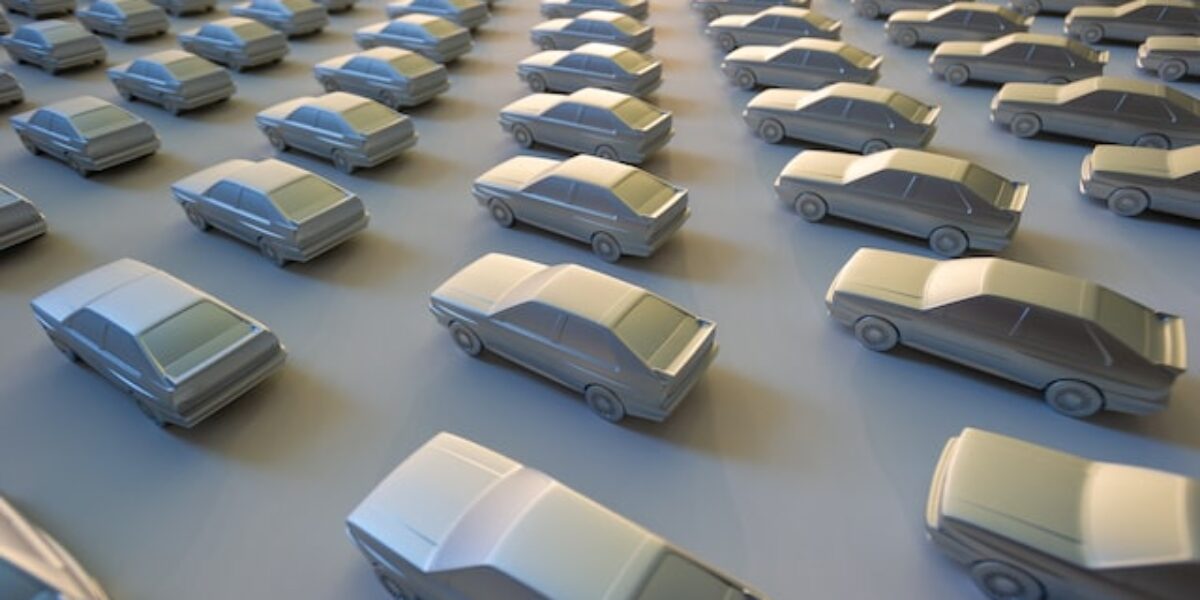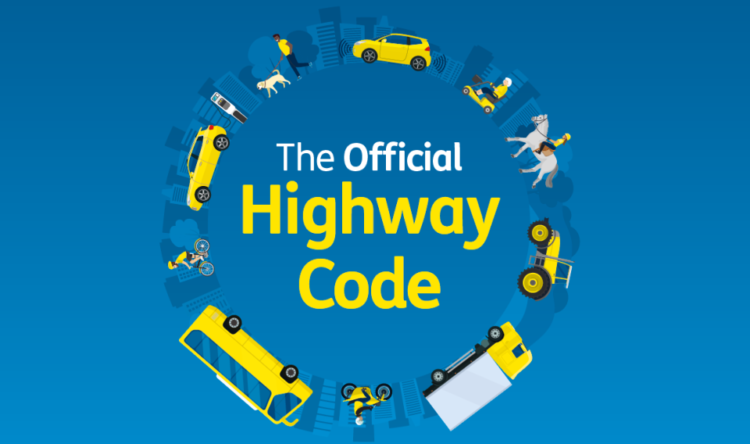Hypermiling in the fast lane
Pump prices fuelling cost saving measures
UK drivers are increasingly turning to potentially risky “hypermiling” techniques.
There has been a 17% increase in the frowned on practice since April. While many drivers were already turning to hypermiling, now more than three quarters of British drivers (89%) are using the potentially problematic methods.
New research from used car buying service, ChooseMyCar.com aims to understand how high fuel prices and the spiralling cost of living are affecting British drivers.
The research found that:
- 89% of drivers are now hypermiling (up 17% since April)
- 93% of young drivers (aged 18-34) are trying to maximise fuel efficiencies when driving
- Birmingham is the hypermiling capital of the UK, with 95% of drivers trying not to burn fuel
- South West drivers least concerned about fuel economy, with the cities of Plymouth at 80%, and Bristol at 83%
- Other regional data sees hypermiling in Manchester at 92%, Liverpool 90%, London 86%, Edinburgh 87%, Cardiff at 94%, Newcastle at 89%, and Southampton at 86%.
What is it?
Hypermiling is the name given to the use of various techniques to increase fuel economy. Despite the fact that fuel prices have come down from the historic highs of earlier this year, they remain significant. What’s more, the government’s recent ‘mini-buget’ is likely to increase inflation further. This in turn will see pump prices rise again. Combined with the cost of living hikes, it’s not surprising that British drivers are trying to find ways to keep their fuel in their tanks for longer.
However, some techniques can cause damage to vehicles, and some a road safety issue.
ChooseMyCar.com is publishing tips and techniques for improving fuel economy in these tricky times.
Founder, Nick Zapolski, says drivers must be careful .
“I’d really urge drivers to make sure they do their research before taking on any of these habits. Done badly, hypermiling can not only cause damage (and therefore cost more in the long run) but can also endanger lives.”
Their tips
Prepare your car for success
Before you even put fuel in your car, think about whether it’s in the best condition. Are your tyres pumped sufficiently? Are your oil levels topped up? Has your car been serviced in the last year? Making sure your car is in top condition and serviced can save you money in the long run. Break downs are expensive in time lost, recovery and repairs. If your tyres aren’t sufficiently inflated, your car will have to work harder to perform the way you’re used to. That means using more fuel. If your oil levels aren’t suitable, more energy will be required to turn the engine.
Focus on your MPG
Some cars will tell you the real-time MPG of your car as you’re driving along. This can be a great tool to help your driving become more economical, although this can be distracting so be cautious. Our advice; if your car can tell you what the current MPG of your travelling car is, there’s a chance it also has an eco-setting. Turn that on. It will prevent you from driving too erratically.
Go easy on the brake pedal
Each time you brake, you turn your fuel into heat and brake dust and waste energy that you have paid to fuel. So don’t speed up just to slam the brakes on. If you see the speed limit ahead is being reduced, don’t wait until you get to the sign to hit the brake. Let your car naturally slow itself down before you force it to. The less you use your brakes and the more you use natural resistance to slow your car – the better for your fuel.
Stick to the speed limit
More often than not, safe driving means saving fuel. The faster you travel the more fuel you use. That doesn’t mean you should drive at 30mph on a motorway. But consider the fact that statistically, most cars will be most efficient at around 56mph. For each 5mph to 10mph you reduce your speed by, you can look to gain 7-14% on your fuel economy. This means if you’re one of those people on the motorway bumbling along at 77mph (because you think it means you won’t get caught for speeding) you’re wasting more fuel than the person next to you travelling at the speed limit. Truth be told, it pays to stick to the law!
Get out of the car
Driving to the shops to go and get some milk? Need to pick the kids up from school? Are you one of these people who always opts for the car because it’s easier? Well, a great way for you to save money on your fuel is to stop using the car.
Alternatively, why not opt for public transport? You’ll be surprised at how much fuel you can save by replacing your car with the bus or train. Perhaps you live near a colleague, you could both travel to work together and cut your fuel costs – quite literally – in half! What’s more, its far more environmentally positive – share transport solutions.
Find the most efficient car
It might be an electric one or perhaps a hybrid vehicle. But the truth is that they’re an expensive purchase. Make your fuel work for the current car you have. Use our tips, drive safely, slowly, and lay off the pedals. If times really get tough, leave the car at home and enjoy some fresh air instead.
The dangers
There are some hidden dangers of hypermiling. Here are some of the riskier methods you should avoid.
Driving on a near empty tank
Most of us have done it, trying to squeeze out an extra 10 miles before you fill up. Perhaps you even ignore the 0 miles on your range. However, when your fuel level is near empty, your car may suck in the dirt from the bottom of your fuel tank. This can cause serious and expensive damage to your car.
Turning the engine off whilst moving
It may save a small amount of fuel, but by turning your engine off whilst moving you may lose control of the car. The steering can lock, your engine will have no power, and your brakes will not function properly. If you need to suddenly manoeuvre to avoid a dangerous situation, you wont be able to.
Coasting in neutral
When your car is in neutral you are unable to use your gears and engine to slow down. Coasting is particularly dangerous down steep hills. Again, it also means you cannot accelerate away from any potential dangers.
Drafting/ tailgating/slipstream
This may be seen on motorways and dual carriageways, with drivers getting into the slipstream behind lorries or coaches. However, this dramatically reduces your reaction and braking time as well as your visibility, making it a dangerous manoeuvre.
Fuel efficient driving
It can tempting to set the cruise control to 55mph and stay in lane 1 of the motorway. However, this has potentially dangerous implications for others around you. If any traffic is merging into your lane, your speed could cause issues. You also need to consider the dangers of lorries or coaches having to overtake you due to your slower speed.
Distraction from driving
Don’t get too distracted at the wheel trying to save fuel. We would advise, over everything, to be a safe and vigilant driver. Through practising good driving techniques, they will become automatic. This will save you fuel, wear and tear, money and possibly lives.







